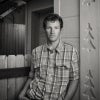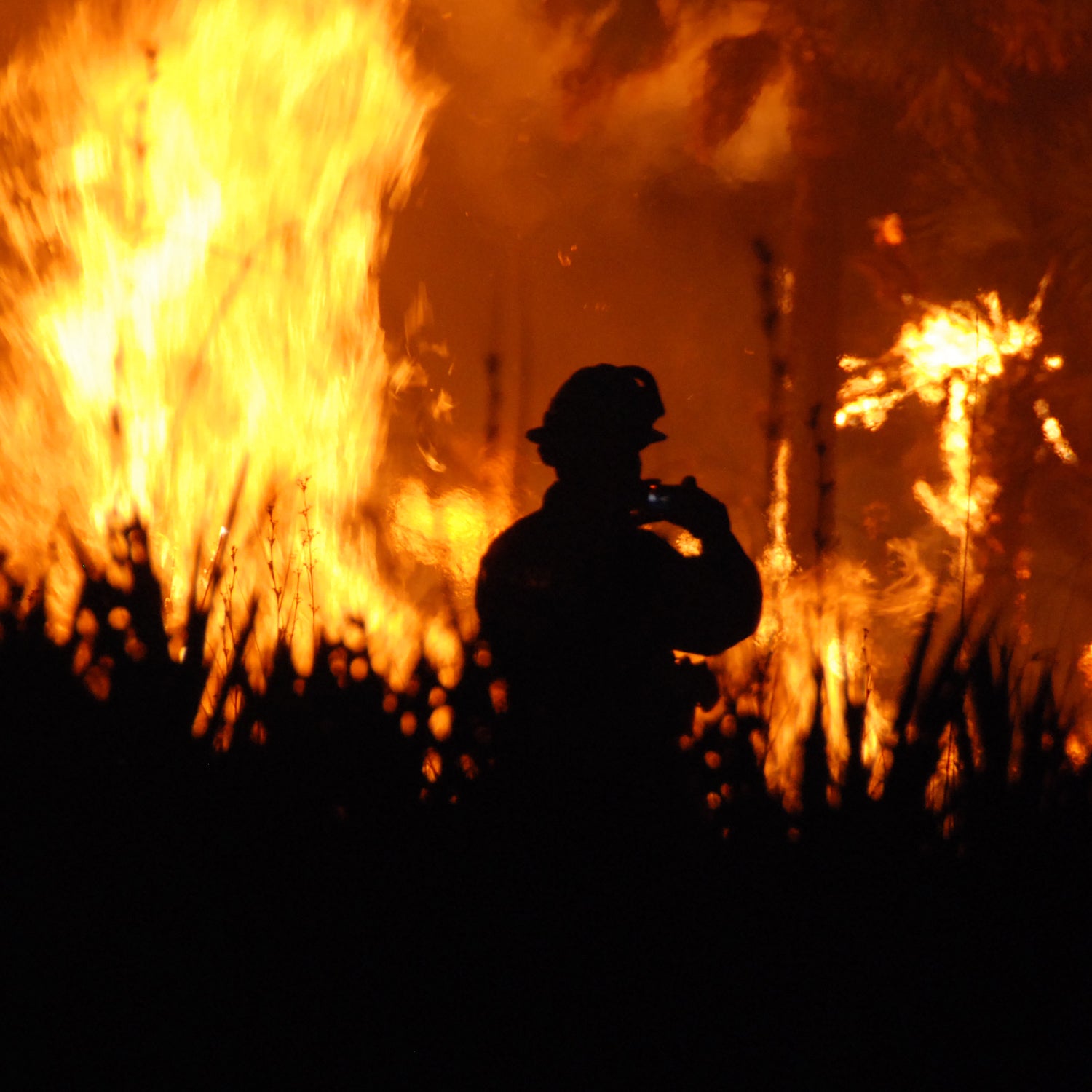Wildfires are burning more acreage, more houses, and costing more money to control than at any point in U.S. history. And this year's fire season threatens to be as bad or worse than any in recent memory. As the first wildfires��begin to burn across the West, these five subjects are sure to generate controversy.
1. Are Any Areas in Particular Danger?
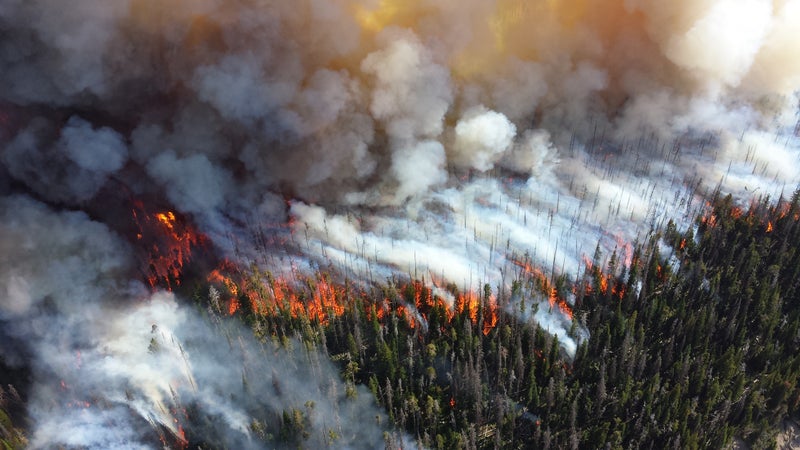
Drought is the single most important driver of large wildfires and, as of late April, much of the West is drier than it has been in many decades. But two areas stand out.��
The first is the northern Great Plains, where a wildfire threatened the University of Mary in Bismark, North Dakota, just last week. The second is the entire state of California. With water restrictions already in place and the snowpack at a frightening five percent of average, the question isn’t if the state will have a big fire season but when it will start. The latest predictions from the National Interagency Fire Center have the state entering peak fire danger in late June or July, when the brush and forests are cured (extremely dry).��Once the flames start, they could burn all the way until December.
Meteorologists and fire forecasters use drought and four other factors to make predictions: temperature; precipitation; moisture content in trees and grasses; and seasonal weather, like the monsoon, which drowns out fire potential when it arrives to the Southwest in July. In states not suffering from the drought, these factors will largely determine the season.��Most years, Western fire season starts in Arizona and New Mexico in May, and barring another storm like the one that dropped two feet of snow on the Rockies last week, we can expect smoke columns to start twisting into the Southwestern skies anytime. By late June, prairies and forests will be primed to burn in Wyoming, Montana, Idaho, Washington, and Oregon—all states forecast to have a “normal” fire season. Normal still means fires, but fewer large or destructive blazes than forecast in the drought-plagued states.
2. Will the Drought Change How Fire Is Fought?��
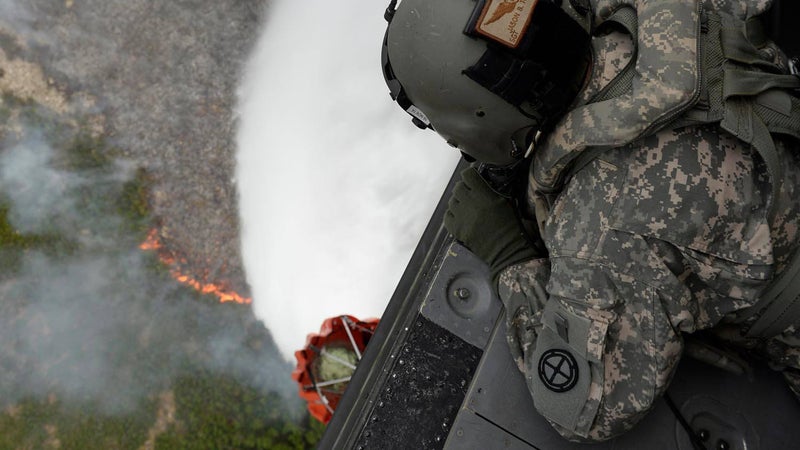
As many as 56,000 wildland firefighters will work blazes this summer as hotshots, engine crewmembers, smokejumpers, air tanker pilots, or support staff. They’ll utilize one of three basic management techniques: fight the fires; intentionally ignite prescribed burns; or simply let them burn.
For the past hundred years, we've mostly fought fires. The consequence of this action is that the West’s fire-adapted forests are now thick with vegetation, so that when fires do start, they're harder to control. Almost every year in the past decade the Forest Service has spent $1 billion fighting fires, with another $3.7 billion in spending coming from other federal, state, and county agencies. Between firefighter wages, fuel, and support staff like caterers and medical units, it’s not uncommon for a single large fire to cost $15 million to control. Despite this record spending, wildfires are burning an average of 6.5 million acres a year. That alone isn't a bad��thing. What is:��the increasing number of houses in wildfire prone areas��that go up in smoke. Two decades ago, the average was less than a thousand. Now, even with many millions being spent on suppression, .
In an effort to get overly dense forests back on track, land managers intentionally light prescribed fires during the damper months of the spring and fall. Every year, more than 15,000 prescribed fires burn around 2.5 million acres in the U.S.—the vast majority of that acreage is in Florida and the South. But in the steep terrain and thick forests of the West, prescribed burns are less common because they tend to be harder to control. In 2000, the Park Service lost control of a prescribed fire in New Mexico that went on to cause $1 billion in damage. Just last week, ��when an escaped burn ran across 6,500 acres of grassland. Whether it’s by wildfire or prescribed, the message is clear: the land must burn.
In vast wilderness areas like New Mexico’s Gila and Montana’s Bob Marshall land managers will let some wildfires burn untouched. “Wildfire use,” as it's known, is a rarely used tactic because there are so few unpopulated tracts of land left in the West. This year, it's possible we'll see even fewer “wildfire use” blazes.��During the historically large 2012 fire season, the Forest Service that all fires, even those in remote wilderness, be suppressed.��The announcement was controversial and unpopular with environmentalists, but the logic behind it then, as it would be this summer, was that fires are cheaper and easier to control when they’re small.
3. Are��Megafires the New Normal?
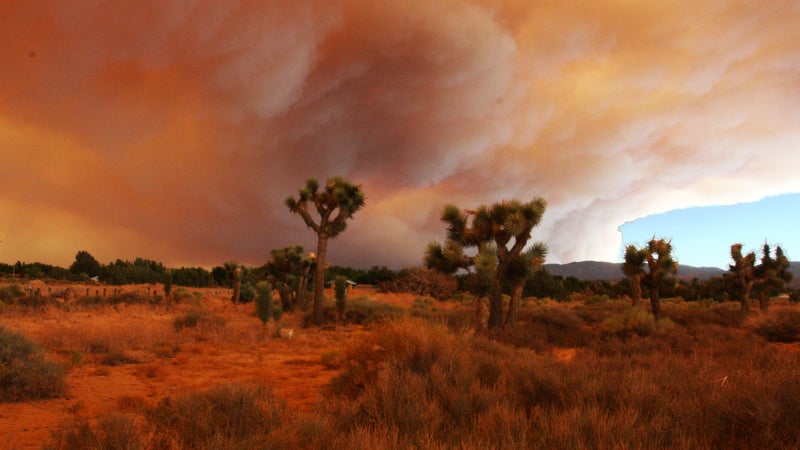
In recent years the media has adopted the term “megafire.” It’s an unscientific term, but it’s useful when describing hugely destructive and expensive fires that cannot be controlled. These blazes tend to be large, burn with great intensity, and are most often close to towns.��
One example of a megafire is New Mexico’s 2011 Las Conchas Fire, which threatened to torch the nuclear weapons facilities at Los Alamos National Labs and burned 1.17 acres of mature pines every second for fourteen hours straight. That’s sixty square blocks of forest up in flames in two minutes. But the best-known megafire is Arizona’s 2013 Yarnell Hill Fire. A thunderstorm and a rapid wind shift produced 60-to-80-foot flames that killed 19 members of the elite Granite Mountain Hotshots before going on to burn 130 homes in the small town of Yarnell. Though such a tragedy is rare, given the drought, megafires are becoming increasingly common.
��
One reason is the warming climate. The West is already two degrees warmer than it was in the 1980s and it’s expected to by the end of the century.��Overly dense forests are another cause. At one site in New Mexico’s Sangre de Christo Mountains there are 1,600 trees per acre where a century earlier there were 200 trees per acre.��
Ultimately, though, the rise of megafires has to do with populating once-wild places. There are 140 million people—and 40 million homes—living in fire-prone areas. The fires are natural. The houses aren’t, and with so many standing in the flames way, uncontrollable blazes can do incredible amounts of damage.
4. What Can We Do to Prepare for the Flames?��
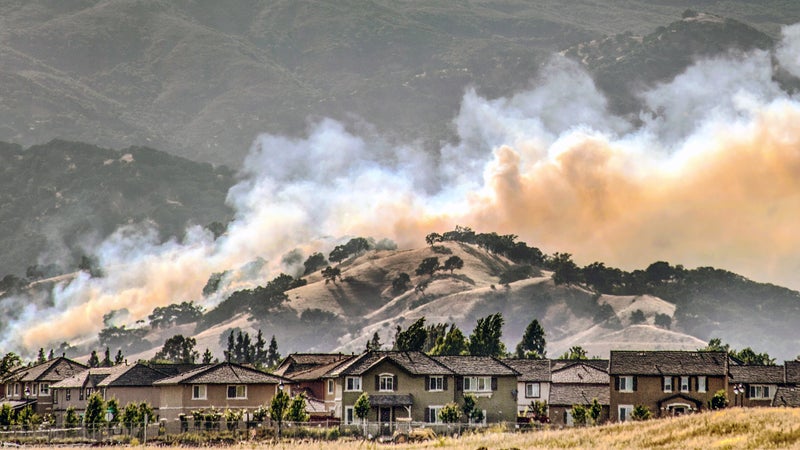
By one estimate, less than two percent of 70,000 communities in fire prone areas in the U.S. have done anything to prepare for the 50,000-to-90,000 wildfires that burn every year.��
Preparing for blazes is relatively simple. It requires creating defensible space, which means using chainsaws to thin brush and trees that grow up right next to homes or communities. In California, state law requires that 100-feet of defensible space surround homes. Another step that homeowners can take is to replace wood siding and roofs with fire-resistant materials like stucco or fiber cement.��
Implementing these extra measures requires time and money but they’re proven to save houses. During the Yarnell Hill megafire, one of the few homes to survive was a ranch situated in the midst of a thick brush field. The flames were so close and hot that the heat cracked the barn’s windows, but because the buildings had defensible space, it remained standing even while 50-foot flames raged outside.
��
More information about defensible space standards is available at .��
5. Will We See More Fire Legislation?
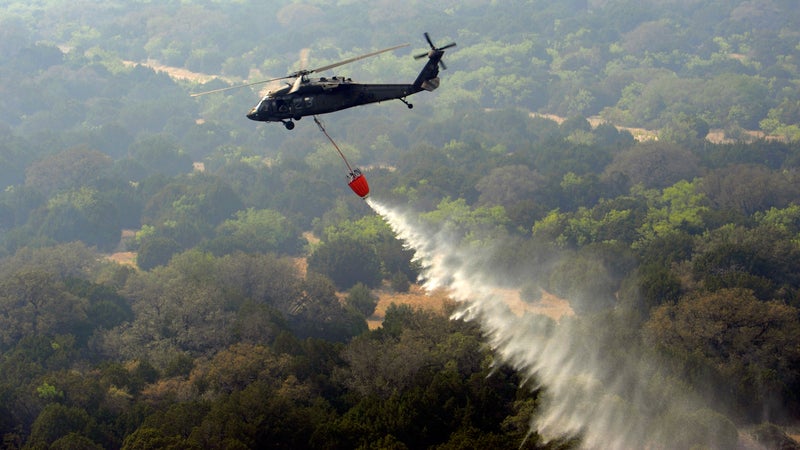
This year promises to be interesting in terms of wildfire legislation. There are two proposed bills, both of which are important and noteworthy.��
The first bill is sponsored by Arizona Senator John McCain and proposes that, for every dollar spent on fire suppression, fifty cents be put toward landscape-scale forest restoration. It would also reorganize the way the Forest Service pays for fire suppression. Every year since 1999, the agency has overspent its suppression allocation, and has borrowed from other programs like timber or recreation to pay the debt. McCain’s bill would fund suppression up-front and put an end to fire borrowing.
The second bill is from Oregon Senator Ron Wyden and, like McCain’s, it emphasizes a reorganization of fire spending. The Forest Service estimates that one percent of fires—the megafires—consume 30 percent of firefighting budgets. (Former Forest Service fire director Jerry Williams contends that the statistic is actually two percent of fires accounting for 98 percent of spending.) Wyden’s bill would treat megafires as natural disasters and, rather than funding these fires through the suppression budget Congress allocates to the Forest Service at the beginning of the year, it would create a separate disaster fund for fighting the costliest of fires. This would prevent “fire borrowing” and free up $142 million that the Forest Service could put toward fuels reduction projects.��
��
Pieces of both bills were included in the Senate’s 2016 Budget Resolution, which recently passed the House but has yet to be approved by Congress. Even if the bills are passed, they won’t immediately solve the wildfire crisis. It will take many decades to get our forests back on track. But passing them would be a monumental step in the right direction.
*���ϳԹ��� contributing editor Kyle Dickman is the author of the upcoming book about the 2013 Yarnell fire in Arizona,��On The Burning Edge,��out May 12.

